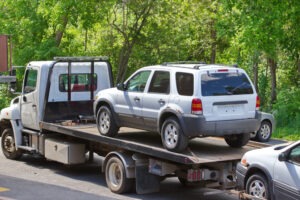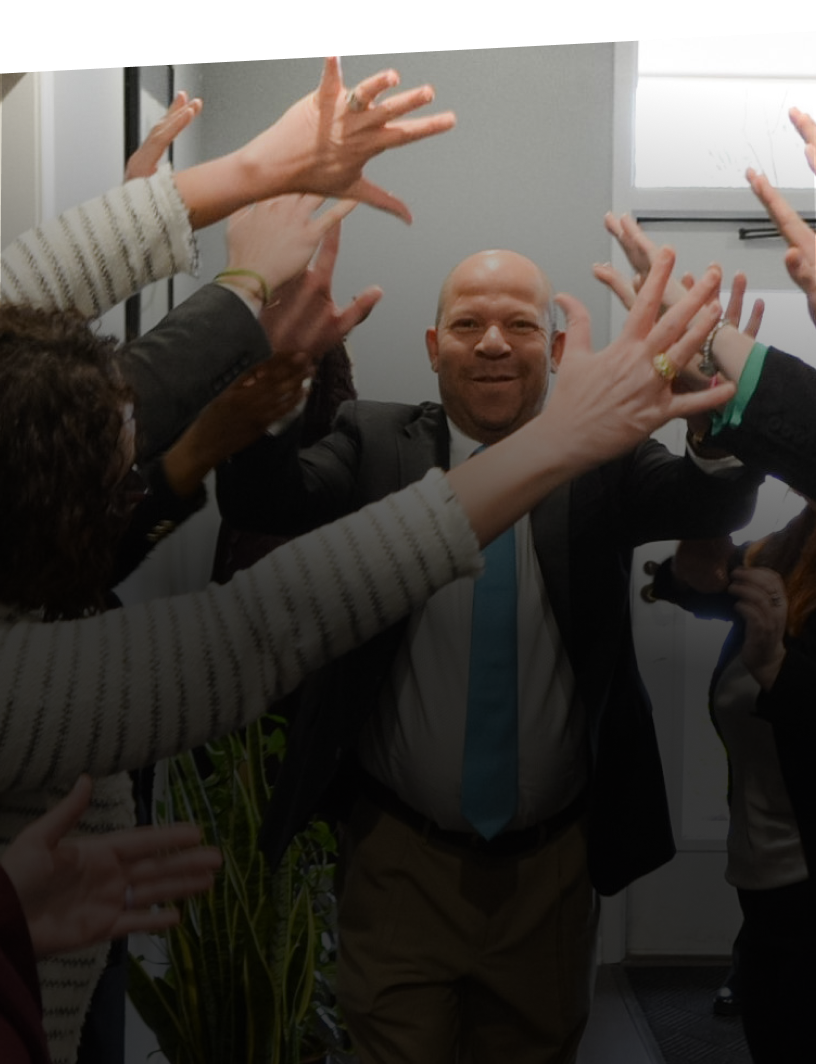
A car accident is not always one vehicle hitting another but could involve numerous vehicles. Fault is determined in multi-car accidents in Michigan based on the evidence available but also how the police at the scene interpret it. If you have been a victim in this type of car accident, let an Okemos car accident lawyer at White Law PLLC help you determine fault.
Establishing Liability in a Multi-Car Accident
The complications of a multi-car accident come down to determining who caused the accident. Often, several scenarios can occur that lead to the final collision, and determining which happened first or was the direct cause is hard to do. However, based on the location of the vehicles, the damage present, and the statements of witnesses, there is often enough information to create clarity in this process.
It could be that just one driver is responsible – such as someone running a red light and striking another car that then hits the car in front of them. Other times, some of the fault may be placed on the shoulders of more than one person. In a case like this, though, if the second vehicle hit stopped abruptly for no reason, that could implicate them in some level of fault.
It is important for accuracy in determining fault in a multi-car accident since the state follows a modified comparative negligence system, meaning that more than one person involved in the accident holds some level of fault. In a case like this, a percentage of fault is assigned to all responsible. Michigan’s modified comparative negligence system means that, as long as you have been accused of less than 51% of the fault, you may still recover damages in the case.
Your Fight Is Our Fight
Consider Michigan’s No-Fault Auto Insurance
Another factor that plays a role in the complexity of a case like this is the state’s no-fault auto insurance. In this state, each driver receives benefits from their auto insurance policy, called personal injury protection or PIP, no matter who is considered at fault in the matter. Under the state’s laws, when there are several vehicles involved in the accident, it is possible to pinpoint more than one driver being at fault, and it is possible to file a third-party claim against other people for the damages you have.
First, PIP applies, meaning that when you are in an accident, you can file a claim for your losses through your own insurance, including medical bills, lost time at work, and other cases. If the car accident causes losses that extend beyond the amount of PIP coverage you have, you can then file a claim with the other at-fault driver for more money. For example, if you have been hurt so badly that you cannot return to work, you may need additional compensation.
In situations where you have a disfigurement or permanent disability, you can then seek out non-economic losses through a third-party claim. To do so, you may have suffered a substantial injury that can be proven on your medical records or with expert medical statements. This adds complexity to the case, but when it is your reality, you have every right to seek out compensation for those losses.
How Our Car Accident Attorney in Michigan Will Help and Guide You
There are multiple steps that must be considered in a multi-car accident that can impact how you receive compensation for your losses. This typically starts with understanding what occurred, and for that, our car accident attorneys in Michigan will gather as much evidence as possible to provide your case. Some examples of available evidence include:
- Witness statements
- When commercial vehicles are used, a “black box” of data
- Police reports
- Expert witness statements
- Photos and video from around the accident
- Medical records to prove loss
Our car accident attorney will tap into other resources when necessary, such as information from accident recreationists and software that can virtually break down complicated matters to provide clarity on what really happened. Our team is dedicated to working closely with you to achieve these goals, but we also encourage you to take action now. The sooner we act to find available evidence, the better it may be for your case’s outcome.
We know how to get our clients the results they need in the toughest legal arenas.
Determine What All of Your Losses Are
The next step in the process of getting you the compensation you are owed is determining what all of your losses are and assigning a value to those losses. This will give us insight into how much to claim through PIP, as well as if you should seek out additional compensation for the losses you have. For many people, this can lead to a better understanding of what legal steps to take to recover your damages.
Pursuing Third-Party Claims
As noted, there are times when a car accident creates long-lasting damage and an incredible impact on your life and well-being – even with a permanent inability to work or enjoy your life. This is when filing a third-party claim may be beneficial, and that is something our highly skilled car accident attorneys can help guide you through. We will determine who should be held responsible and then pursue fair compensation.
Determining if You Have a Case
In a multi-car accident, it is possible that you may be held responsible for more than 51% of the damages, and that could mean it is hard for you to obtain compensation for your losses. There may be situations where we work to adjust that fault, especially when evidence shows it is inaccurate. We still encourage you to contact us to learn what we can do to help you.
You will always work directly with your attorney throughout your case.
Set Up a Free Consultation with Our Car Accident Attorney to Learn More
Learning how fault is determined in multi-car accidents in Michigan is not simple because every case is very different. At White Law PLLC, our car accident attorneys can help you learn what your legal strategy could be in determining your losses when you contact our team. We encourage you not to wait but to contact our team for the support you need at a free consultation.
We’re Experienced. We Care.
We Exceed Client Expectations.
